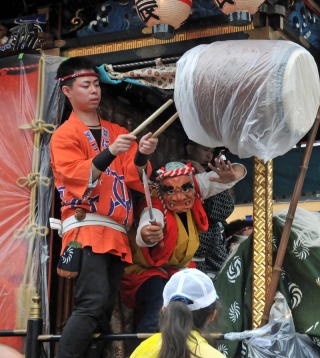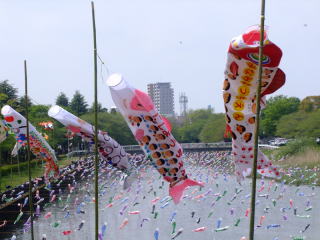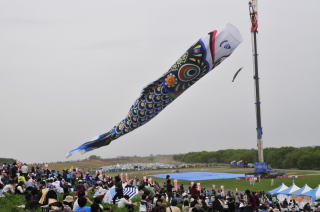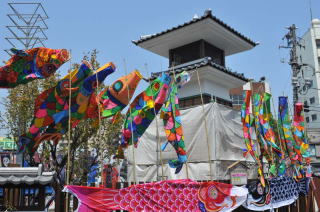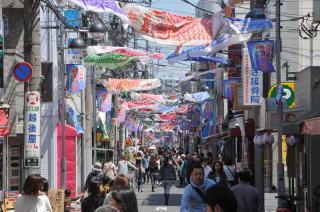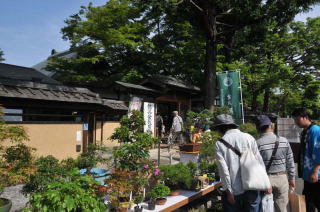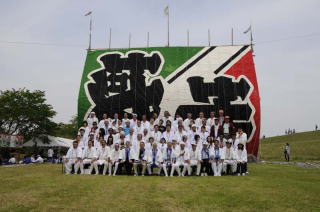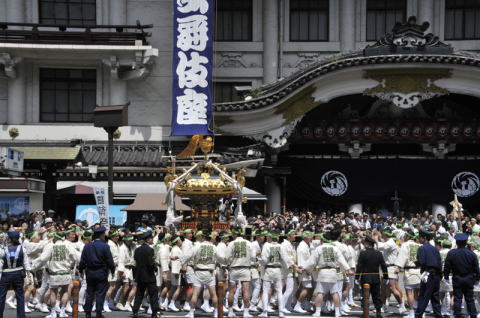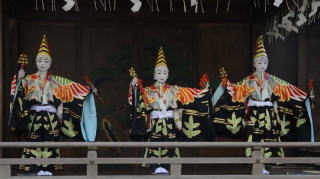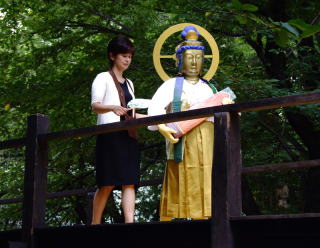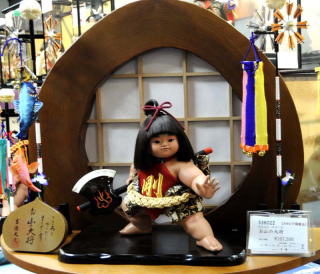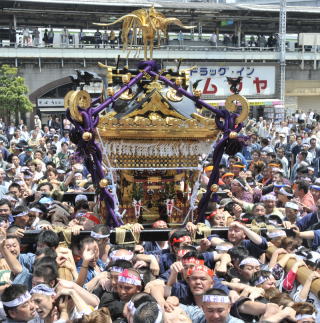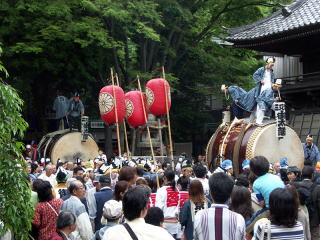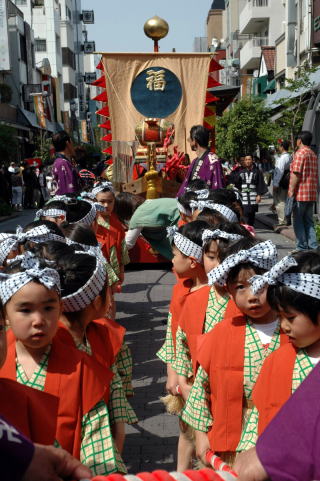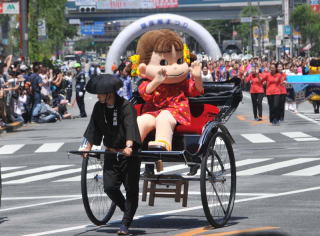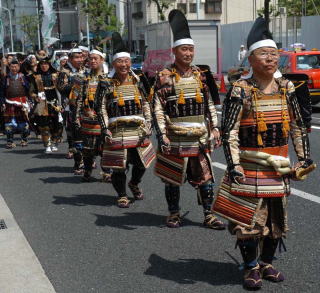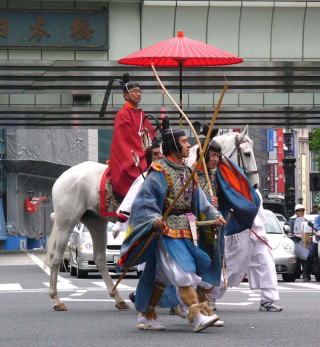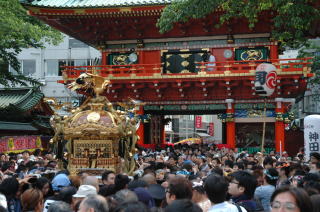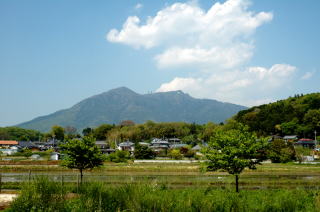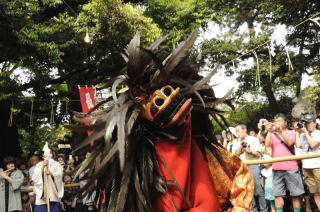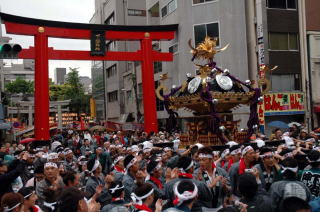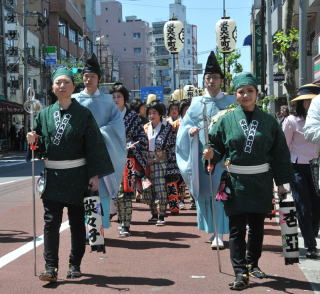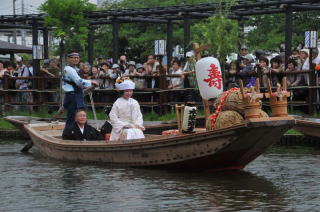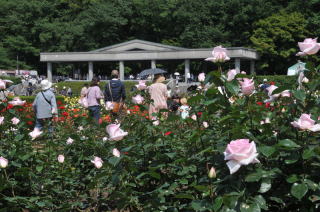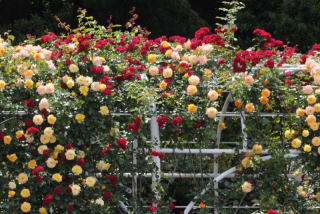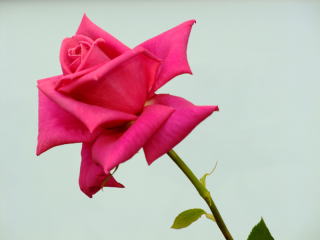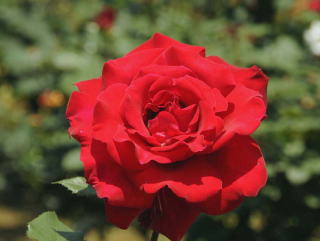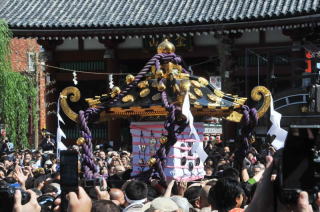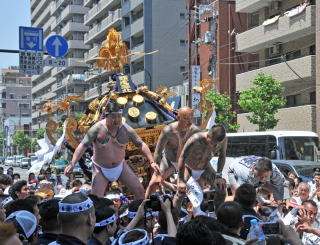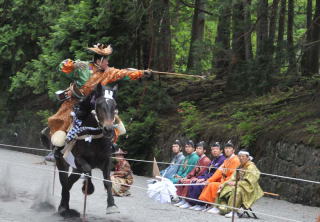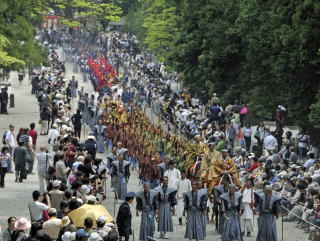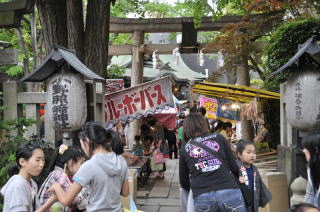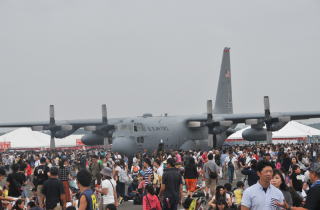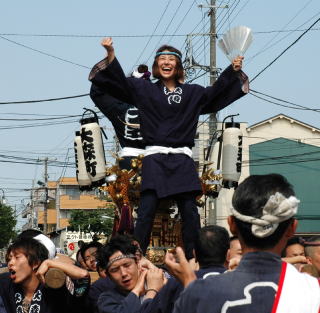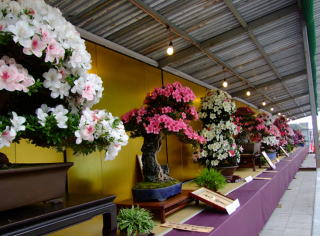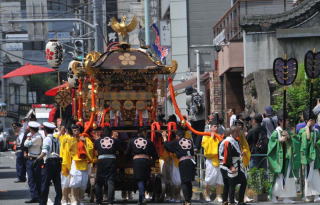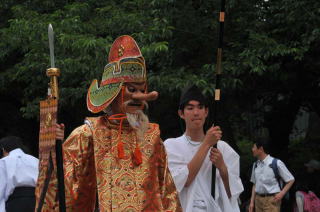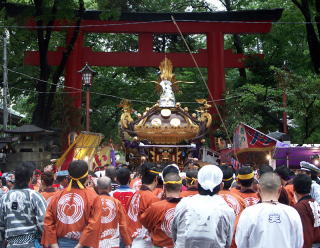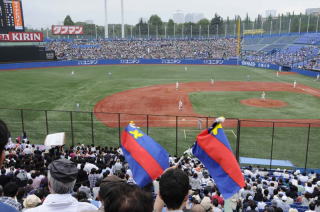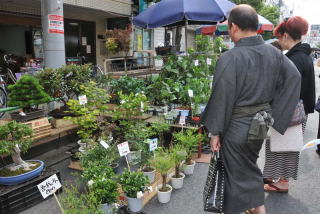MAY 2025
(Please confirm information before you go at the phone numbers listed)
| (*) covered events |
| Annual Spring Festival of Meiji Shrine May 2 and 3 Meiji Shrine in Yoyogi, Shibuya-ku Bugaku will be performed before the festival in late April. Date is to be announced. The shrine is dedicated to the momory of the Emperor Meiji and his wife Empress Shoken. The shrine which is in the beautiful environment was built on November 1, 1920 after Emperor Meiji passed away in 1912 and his wife in 1914. The following events were programs in 2023. May 2 - Morning Ceremony at 10 a.m./Noh and Kyogen (classical Japanese dance) at 11:45 a.m./ Afternoon Ceremony at 3:45 p.m../ Hogaku and Hobu (classical Japanese theater) at 3:45 p.m. May 3 - Grand Ceremony at 10 a.m./ Sankyoku (traditional Japanese theater) at 12 noon/ Satsuma Biwa (Japanese lute) at 2:30 p.m. URL: Meiji Jingu Address: 1-1 Kamizono-cho, Yoyogi, Shibuya-ku Access: Harajuku Station on JR Yamanote Line and Meiji Jingue Mae Station on Subway Chiyoda Line Telephone: 03-3379-5511 |
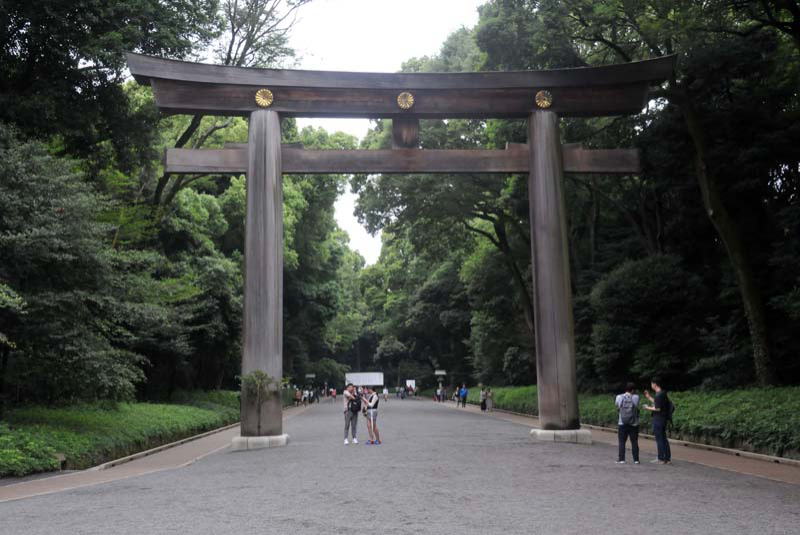 |
|
| more photos |
| Mashiko Pottery Fair/Festivals April 29-May 6 in 2025 9 a.m.-5 p.m. The pottery fair or festival at Mashiko started in 1966. It is held two times a year in spring during the Golden Week holidays (late April to early May) and in autumn in November. Approximately 500 tents dealers and about 50 permanent pottery stores line the main street of Mashiko's Jonaizaka Street for about 500 meters. Mashiko potteries are sold from traditional Mashiko earthen wares such as daily necessities cups and dishes to artistic pottery products. Last spring in 2015, 350,000 people visited the festival for eight days. URL: Mashiko Pottery Fair (Japanese) URL: Mashiko Pottery Fair (English) Access: Mashiko Station on Mouka Railways Telephone: 0285-70-1120 (Mashiko Kanko Kyokai) |
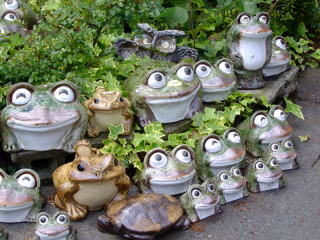 |
|
| more photos |
